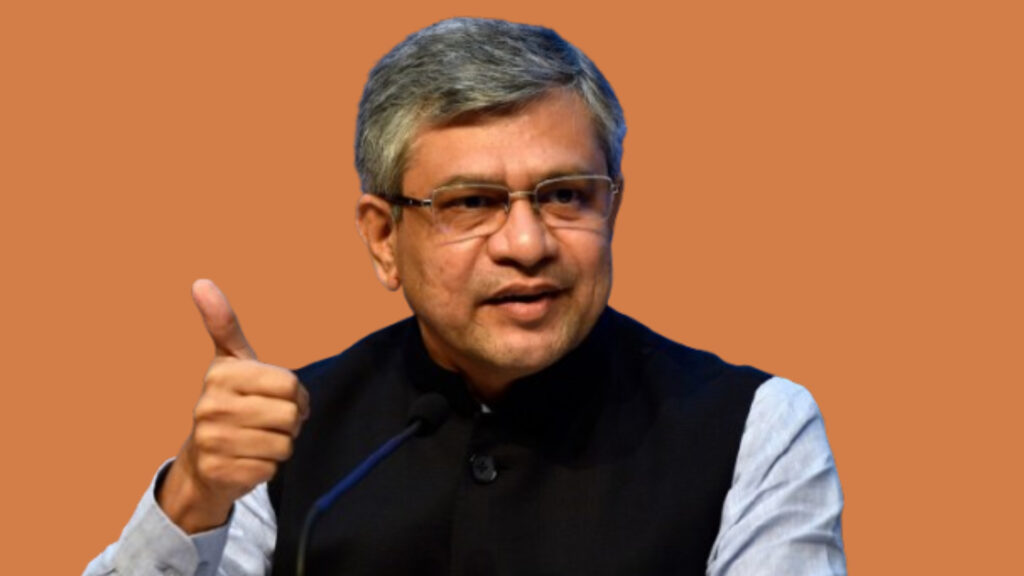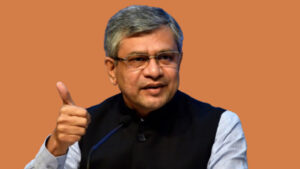Aamir Khan is a Legend: 7 Surprising Truths Revealed
Aamir Khan is a legend who continues to captivate audiences not just with his stellar performances, but through an intriguing blend of humility, dedication, and an uncanny ability to reinvent himself. As the maestro behind timeless masterpieces, Aamir’s impact on Bollywood spans over three decades, crossing generational boundaries and cinematic trends.
Yet, what truly sets him apart isn’t just his fame or the blockbuster hits but the way he approaches his craft—as if each role is a new journey, and every film, a chance to learn. Recently, RS Prasanna, the director of Aamir Khan’s highly anticipated film Sitaare Zameen Par, shared insights that unveil deeper layers of the superstar’s enigmatic persona and working style. Through his words, we glimpse why Aamir Khan is a legend who acts like a newcomer when many newcomers behave like legends.
Why Aamir Khan is a Legend: Beyond the Silver Screen Performances
When we think of Aamir Khan, certain images come to mind: the perfectionist, the socially conscious filmmaker, the measured star who defies Bollywood’s usual flamboyance. However, Prasanna’s recent interview enriches this caricature with surprising nuances. Let’s explore some key takeaways:
- The Reluctant Superstar: Despite commanding a massive following, Aamir embraces an almost paradoxical humility. Prasanna calls him a “reluctant superstar,” emphasizing that Khan avoids fanfare to keep the focus steadfastly on the story rather than himself.
- Newcomer’s Curiosity: Aamir’s work ethic mimics that of a debutant actor—curious, eager, and open to experimentation. This keeps his performances fresh and authentic, never mechanical or repetitive.
- Producer-Actor Synergy: Wearing multiple hats on set, Aamir blends his roles ingeniously. Prasanna highlights how Khan effectively balances his superstar aura with the groundedness of a producer and deep investment as an actor.
The Making of Sitaare Zameen Par: Aamir Khan’s Latest Endeavor
Aamir Khan is a legend not merely by association but by choice of projects that resonate socially and artistically. Sitaare Zameen Par, a Hindi adaptation of the Spanish film Campeones, is one such film—a spiritual sequel to his acclaimed 2007 movie Taare Zameen Par. The film emphasizes inclusivity, coaching, and human stories, themes close to Aamir’s heart.
Here’s what RS Prasanna shared about the film’s journey and collaboration with Aamir:
- Serendipitous Beginning: Prasanna recalls receiving a call from Aamir Khan’s production team shortly after his 2017 film Shubh Mangal Savdhaan. The initial disbelief upon realizing it was truly Aamir’s team shows how uncommon such direct outreach is in Bollywood’s star-driven culture.
- The Right Fit: For Prasanna, nobody else could embody the role of the coach except Aamir. However, anxiety about convincing the superstar is palpable—a testament to Aamir’s selective but impactful choices.
- Humanizing the Superstar: Despite his stature, Aamir was described as easy-going and unpretentious on set—attributes that Prasanna equated with how newcomers treat him.
Insights Into Aamir Khan’s Working Style
It’s rare to find superstars who willingly sideline their own stardom for the story’s sake, but Aamir does this consistently. Prasanna’s revealing comment, “sometimes, I have to remind him, ‘You are a superstar; people want to watch your film,’” shows this tendency clearly.
Why does this matter? Because in an industry where fan service frequently overshadows narrative, Aamir’s approach is a breath of fresh air. For him:
You might also like: Aamir Khan
- The film’s integrity triumphs over individual glory.
- The audience is respected as discerning enough to appreciate substance.
- The role demands authenticity rather than celebrity spectacle.
Comparing Aamir with Newcomers: The Irony of Stardom
One of the most striking observations Prasanna makes is about the contrast between Aamir and many newcomers in Bollywood.
Aamir Khan is a legend who “behaves like a newcomer,” while “newcomers behave like legends.” This ironic reversal sheds light on two key phenomena:
- Humility vs. Hubris: While Aamir remains grounded despite decades of success, some newcomers display premature confidence bordering on arrogance.
- The Learning Curve: Aamir’s acceptance of continuous learning fuels his longevity. Newcomers often underestimate the journey, which can be detrimental.
- Collaboration Spirit: Veteran stars like Aamir prioritize collaborative harmony, contrasting with newcomers whose focus may be overly self-centric early on.
What This Means for Bollywood’s Future
In an industry evolving rapidly with digital platforms, emerging talent, and changing audience tastes, the lessons from Aamir’s career philosophy bear relevance:
- Long-Term Vision Matters: Stardom today can be ephemeral. Sustained impact comes from consistent authenticity and humility.
- Story Comes First: Prioritizing content over ego drives quality cinema.
- Respect for Craft: Embracing the beginner’s mindset, regardless of fame, opens avenues for creativity.
Genelia D’Souza and the Ensemble Cast
Sitaare Zameen Par also stars Genelia D’Souza in a key role, adding depth to the film’s narrative fabric. Pairing her with Aamir Khan hints at fresh dynamics and emotional resonance.
RS Prasanna’s choice of actors is deliberate, ensuring that every character contributes meaningfully. This careful curation heightens the film’s authenticity and appeal.
What the Audience Can Expect on 20 June
The theatrical release of Sitaare Zameen Par is one of the most awaited cinematic events this year. Based on the plot and team involved, here’s what fans and critics alike anticipate:
- Emotionally Engaging Storytelling: Given Aamir’s history of socially relevant films, the narrative will likely inspire and provoke thought.
- Authentic Performances: The star’s commitment to his role promises depth and nuance.
- Technical Excellence: Prasanna’s direction combined with Aamir’s production values suggests high cinematic standards.
- Subtle Social Commentary: Much like its spiritual predecessor, this film may highlight issues around inclusion and human dignity without overt preachiness.
Lessons from Aamir Khan’s Legendary Journey
Reflecting on the conversation with RS Prasanna and the larger canvas of Aamir’s career reveals practical lessons for aspirants and audiences alike:
- Stay Grounded Despite Success: Aamir Khan’s example shows that legacy is built on staying true to one’s roots and embracing humility.
- Focus on Story over Stardom: Prioritize compelling narratives over gimmicks or celebrity theatrics.
- Collaborate and Evolve: Continuously learning, whether from co-stars or directors, is key.
- Embrace Multi-Dimensional Roles: Being an actor, producer, and public figure demands adaptability and a broad vision.
Statistics and Impact
To put Aamir Khan’s legendary status in perspective:
- He has delivered over 15 films that grossed more than 100 crore INR in India alone.
- His 2007 film Taare Zameen Par won multiple national awards for sensitive portrayal of dyslexia.
- Known as “Mr. Perfectionist,” Aamir’s films enjoy critical and commercial success consistently.
- His selective approach means he averages only a film every 2-3 years, focusing on quality over quantity.
Why Aamir Khan is a Legend in Every Sense
Aamir Khan embodies a rare blend of stardom and grounded artistry. Through his collaborations, especially with filmmakers like RS Prasanna, he continues to redefine what it means to be a superstar in modern cinema.
His refusal to be swayed by the trappings of fame and a constant thirst for creative challenge inspire not only his peers but also untold millions of movie lovers. Aamir Khan is a legend not because of the spotlight but because he chooses to walk humbly within it, reminding us all that true greatness lies in perpetual growth and genuine connection.
As Sitaare Zameen Par nears its release, the anticipation is not just for a film but for another chapter in the saga of this remarkable artist who continues to teach us an invaluable lesson: legends are those who remain learners.
Check his Biography at: Wikipedia













